Tsiolkovsky State Museum of the History of Cosmonautics
The Tsiolkovsky State Museum of the History of Cosmonautics of Kaluga opened its doors on October 3rd, 1967. It was the first museum in the world dedicated to the space exploration, it is also the biggest in Russia. It was created from the will of S.P. Korolev, director of the design bureau OKB-1 at that time. The building was drawn by Boris Barkhin, Evgeny Kireev, Nataliya Orlova, and Kirill Valentin Strogy Fomin which first stone was put by Yuri Gagarine on June 13th, 1961.
The museum is separated in three parts. First, an area on the works of K.E. Tsiolkovsky, with models relative to his works on rockets and dirigibles. The second zone includes numerous models and instruments about Soviet space exploration. Finally, the rockets garden, outside, where is exposed a Vostok rocket (similar to the one who sent the first cosmonauts into space) and the other rockets used in the first moments of the exploration.
The museum takes more than 100 000 visitors a year, employs 127 persons among them 43 curators.
The Tsiolkovsky State Museum of the History of Cosmonautics is an important scientific center, which tries hard to popularize the works of K.E. Tsiolkovski as well as the other Russian and foreign scientists in the field of the rockets conception and in the space exploration. The scientific research works are made in cooperation with State institutions, like the sciences institute of Russia.
Entrance of the museum and the park.
The Vostok rocket on its vehicule.
Some rockets.
First picture: Vostok and R5A.
Second picture: Last stage of a R5A rocket, the first dogs in space took place in this stage.
Some points of view of the museum.
Comments
|
Comment
from
peter williams
|
wish to hear from you

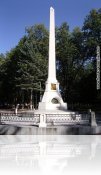
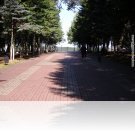
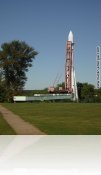
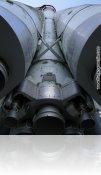
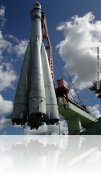
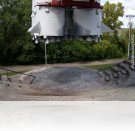
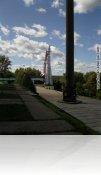
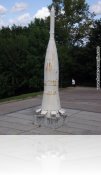
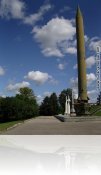
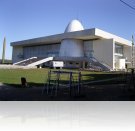
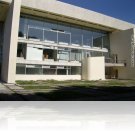
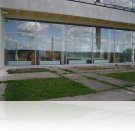
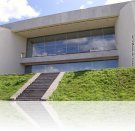
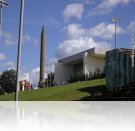
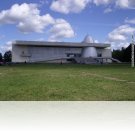
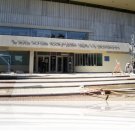
Write a comment